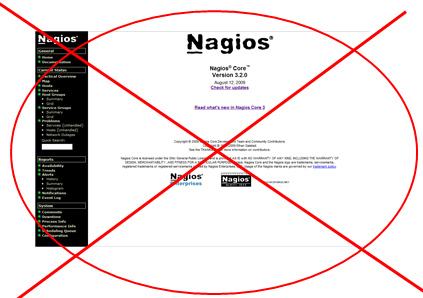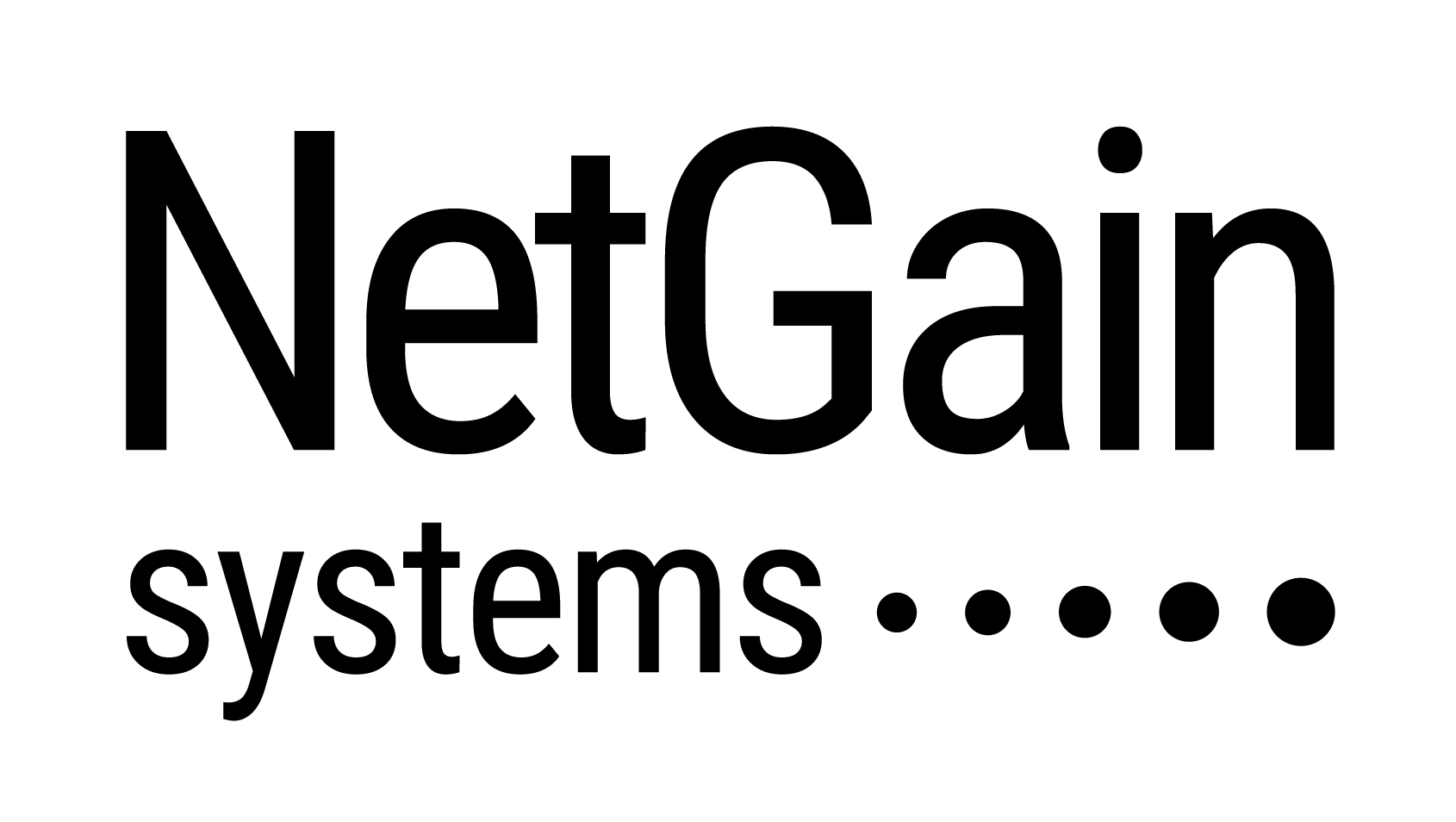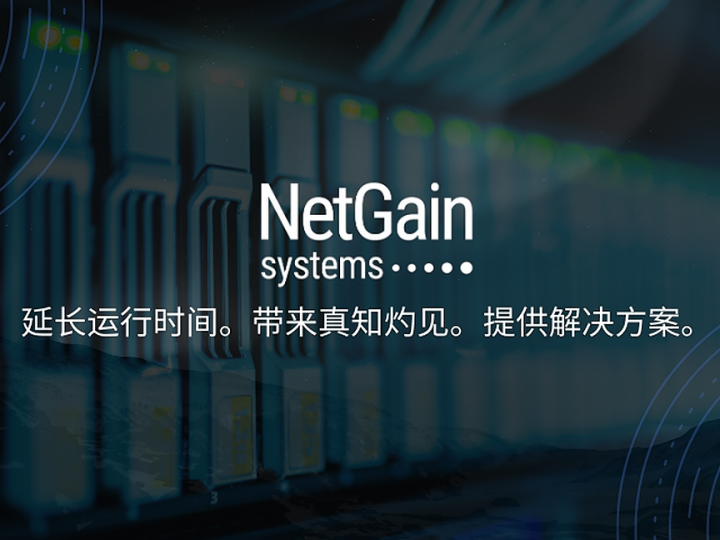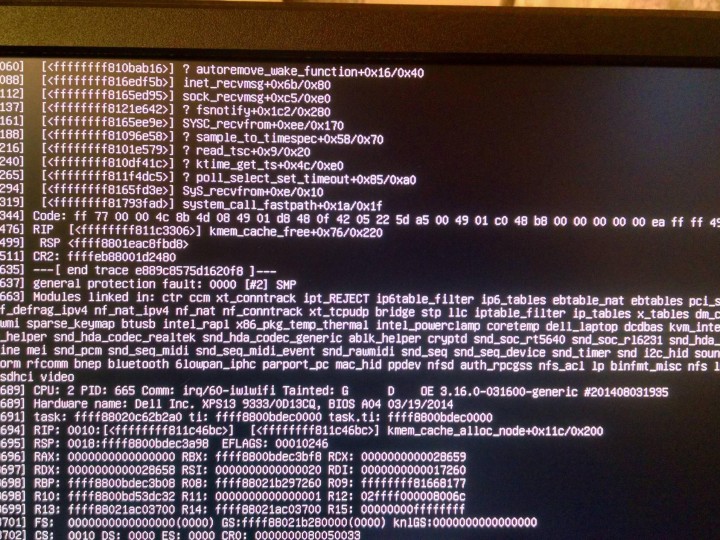
Nagios is an open source monitoring tool and is free. However, free does have its shortcomings, says Gartner’s Research VP.
Wrote Jonah Kowall of Gartner,
Many vendors have introduced products which make Nagios more usable, these improve the product itself, the supportability, and the fact that you can get support when things break. The problem is that the underpinning and ugliness still exist once you get through the layers intended to cover up the mess that Nagios is.…The problem with all of these approaches is that they don’t auto-configure themselves, they don’t detect application instances properly or consistently, and configuration of checks is painful…
…I hear from many Gartner clients who decide to implement open source tools based on a talented engineer on the team, but when he leaves the company no one can figure out how to safely upgrade Nagios or it’s associated components…
…The time and effort needed to manage this software is much better spent buying a simple monitoring tool to get the basics covered for infrastructure health….
One of the common issues we hear from our clients’ bosses about Nagios is that when the person who implemented leaves, they have a hard time finding a suitable replacement well versed in this open sourced monitoring tool.
The first post received couple of comments highlighting that Jonah was biased and this led to Jonah doing a second post on his reasons for calling organisations should drop Nagios.
Wrote Jonah,
Many of the readers who commented on the story were managing hundreds of servers, this is typically not the size of enterprises I speak with (although sometimes we do speak with those groups). We often speaking with an enterprise or IT architect who is trying to homogenize the management of the IT landscape. This is not just servers, but applications, network devices, storage systems, and other components. If you do not treat your IT infrastructure with uniformity, the notions of industrialization and standardization are elusive.… For example a client I spoke with last week had over 65 monitoring tools in place, the size of the environment was 75,000 servers, let alone a vast array of other components not in scope for phase 1. As you can imagine there was everything from Icinga, Nagios, Zabbix, Graphite, etc (on the open source front) to what we call the big-4: IBM, CA, HP, BMC, and even islands of VMware vCenter Operations Suite, Oracle Enterprise Manager, and Microsoft System Center Operations Manager. I tried to offer some prescriptive advice, but the task at hand was daunting to say the least. The CIO who created this project was responding to the massive cost of licenses and people the business was essentially wasting by not managing this centrally, and not leveraging it’s scale.
Besides the cost of licenses, can you imagine the manpower needed to go through 65 monitoring tools?
NetGain Systems monitoring solutions consolidate all the monitoring into a single dashboard and IT teams can monitoring all devices on a single browser.
One of the biggest challenges for NetGain Systems was to monitor the entire IT infrastructure for the Beijing Olympics 2008. Not only did NetGain Systems won the Beijing Olympics 2008 contract against competitors like CA and IBM, we ensured the 15,000 or more devices ran without a hitch during all the events.






